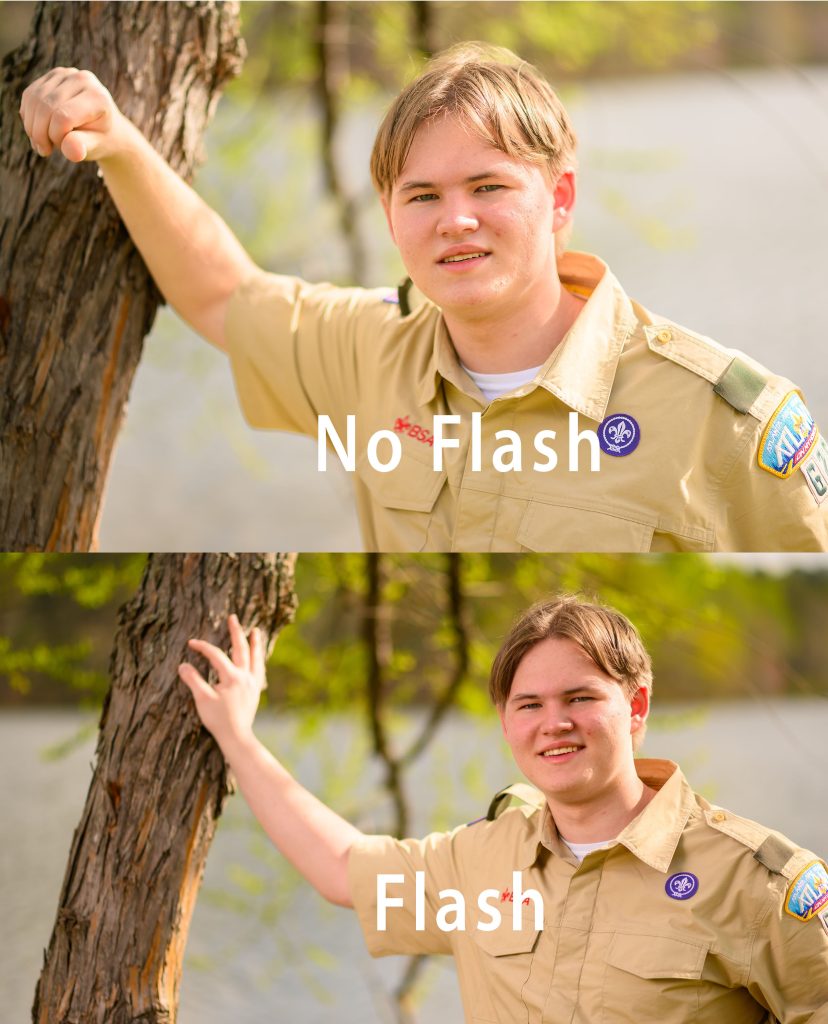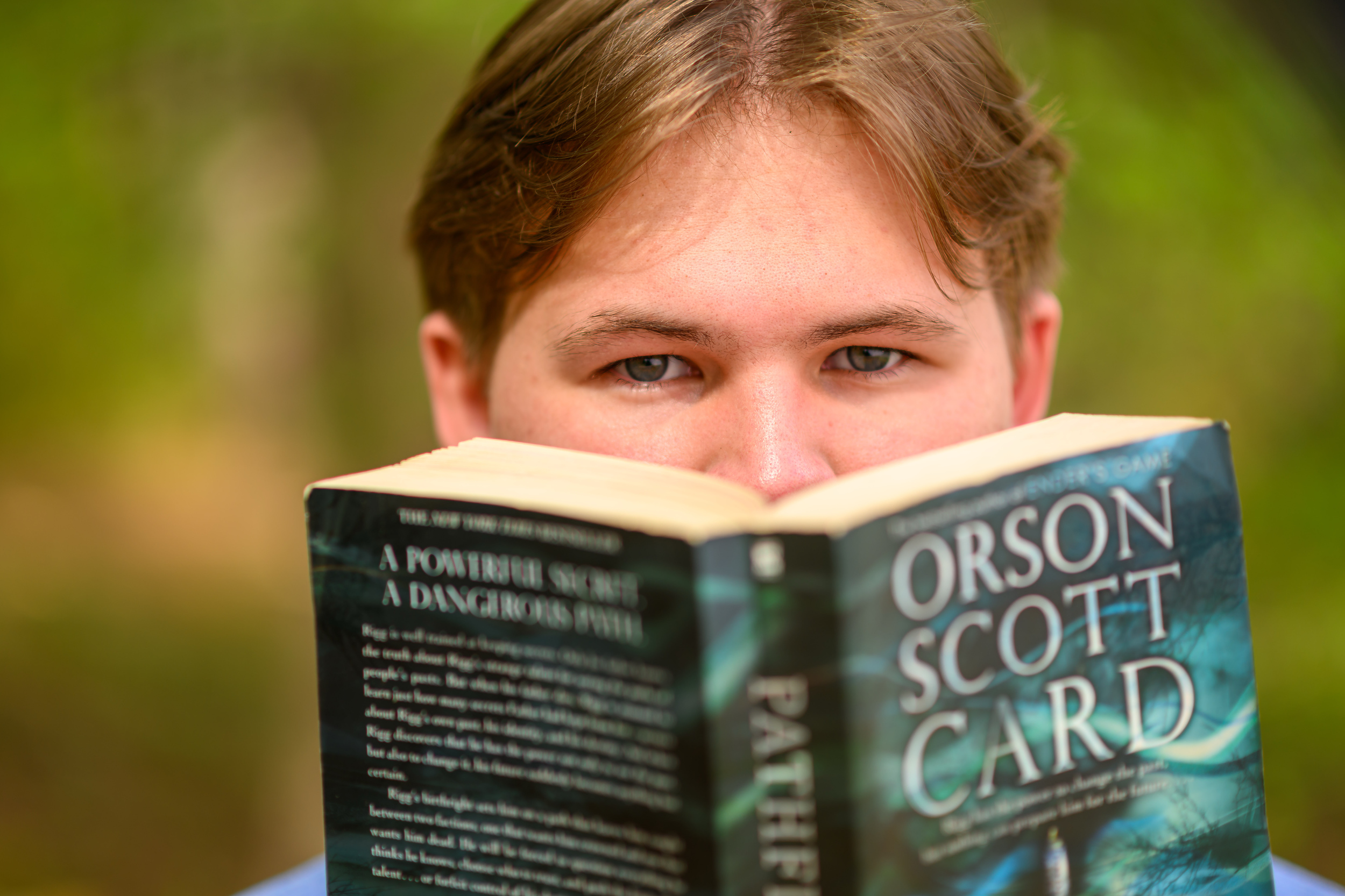One of the most common questions I get, especially from fellow photographers, is whether or not I use Flash when shooting outdoor senior portraits. The answer is: yes, but probably not how you’d expect. I’m not blasting my subject with studio light or trying to overpower the sun. I’m just adding a little flash to clean things up.

A Gentle Touch of Light
The Flashpoint XPlor 600 HSS TTL is my go-to setup paired with the Glow ParaPop 38” II Portable Softbox. I typically shoot in manual mode, take test shots, and dial in just enough Flash to open up shadows, especially under the eyes and along the jawline. Now and then, I’ll switch to TTL if the light changes fast and I need to move quickly.
The idea is to keep it looking natural. If you see the light and think, “Oh, that’s flash,” I’ve probably overdone it. I want you to notice the subject first, not the lighting.

Why Not Just Use Natural Light?
I love natural light as much as the next photographer, and yes, there are days when it’s perfect. But most of the time? It’s not. Direct sunlight can create harsh shadows on the face, while even on cloudy days, you can end up with deep eye sockets or uneven skin tones.
When you introduce even a touch of Flash, you’re controlling the direction and quality of the light. That means you can correct those unflattering shadows and bring back the sparkle in your subject’s eyes—all while maintaining the vibe of natural daylight.

The Color Temperature Advantage
Another big win when using Flash is consistent color temperature. Natural light can shift fast, especially if you’re shooting in the late afternoon when the sun’s dropping or moving between shade and sunlight. That’s where Flash helps lock things down. With Flash, I know exactly what kind of light I’m working with, and that makes a huge difference when editing in Lightroom.
When the Flash Doesn’t Fire…
A few times during a session, my Flash didn’t fire—maybe the battery was low, or the connection slipped. At first, it felt like a headache, but honestly, it gave me an excellent opportunity to compare the differences. I’ve included some comparisons above so you can see for yourself.
In each case, I edited the photos in Lightroom and did my best to make the natural light images look their best, balanced face exposure, color-corrected, and kept the background from blowing out. Still, there’s a noticeable difference. The flash images feel more polished: more dimension in the face, better eye contact, and no dark shadows under the brows or chin.

A Peek Behind the Scenes
Here’s a fun behind-the-scenes shot of a senior jumping in mid-air to glimpse my setup. You’ll see the softbox to the side, angled to gently wrap the light across the face without flattening everything. It’s not about over-lighting but enhancing what’s already there.
Using Flash doesn’t mean you’re faking the light. When done right, it’s just giving your subject that little extra boost so they look their absolute best, while still feeling natural and authentic. It’s about control, consistency, and care—three things I bring to every session.

